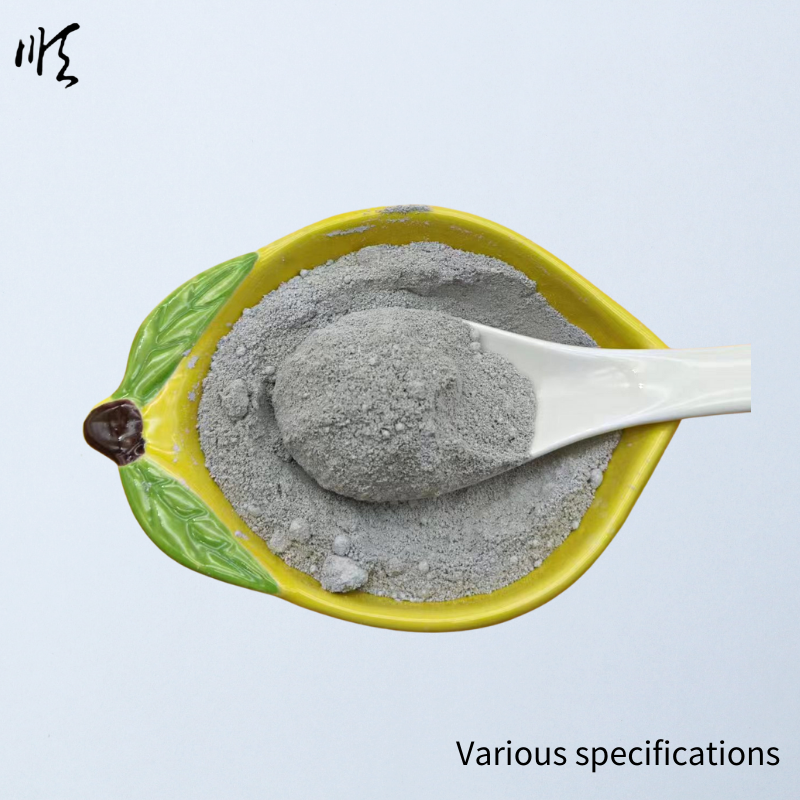
Fly Ash and Silica Fume Production for Innovative Construction Solutions
The Role of Fly Ash and Silica Fume in Modern Construction
In the ever-evolving landscape of construction materials, the pursuit of sustainability and enhanced performance has led to increased interest in supplementary cementitious materials (SCMs). Among these, fly ash and silica fume stand out as two of the most effective and widely used materials. This article delves into the significance of fly ash and silica fume, their manufacturing processes, and their contributions to building durability and sustainability.
Understanding Fly Ash
Fly ash is a byproduct of coal combustion in electric power plants. As the coal burns, fine particles are emitted into the flue gases, which are then captured by electrostatic precipitators or bag filters. Fly ash can be classified into two main types Class F and Class C, depending on the source of the coal used.
- Class F fly ash is produced from burning anthracite or bituminous coal and is typically rich in silica, aluminum, and iron. It has pozzolanic properties, meaning it reacts with calcium hydroxide in the presence of water to form compounds that contribute to the strength of concrete. - Class C fly ash, derived from lignite coal, contains self-cementing properties because of its higher calcium content.
The incorporation of fly ash in concrete enhances workability, reduces water demand, and improves long-term strength and durability, while also lowering the carbon footprint associated with cement production.
Silica Fume Explained
Silica fume, also known as micro-silica, is a byproduct of the silicon and ferrosilicon alloy manufacturing processes. It consists of extremely fine particles, with an average diameter of about 1/100th that of cement particles. Comprised mainly of amorphous silica, silica fume possesses significant pozzolanic characteristics that make it an excellent additive for concrete.
When added to concrete, silica fume improves strength and durability significantly. It fills the voids between cement particles, decreasing permeability and enhancing resistance to chemical attacks, making it particularly valuable in aggressive environments. Additionally, the use of silica fume can lead to the production of high-performance concrete with greater resistance to freeze-thaw cycles and chloride ion penetration.
Manufacturing Process
The manufacturing of fly ash and silica fume differs significantly owing to their distinct sources
.fly ash silica fume manufacturer

- Fly Ash Manufacturing The fly ash is created during the combustion of coal. The collection and processing involve controlling emissions to ensure environmental compliance. After collection, fly ash can undergo a process of classification to remove larger particles and improve its quality. The final product can then be sold to concrete producers or stored for later use.
- Silica Fume Manufacturing The production of silica fume involves high-temperature processes where silicon and ferrosilicon alloys are created in electric arc furnaces. The fume is then collected via bag filters before being processed into a dry powder that can easily be used in concrete production.
Benefits of Fly Ash and Silica Fume in Concrete
The incorporation of fly ash and silica fume into concrete mixes provides numerous advantages
1. Environmental Sustainability By utilizing industrial byproducts like fly ash and silica fume, the construction industry moves closer to achieving sustainability goals. This practice not only reduces landfill waste but also diminishes the reliance on virgin materials, thereby minimizing the environmental impact of construction.
2. Cost-Effectiveness Fly ash is often less expensive than traditional cement. Its incorporation can lower overall concrete costs while maintaining or enhancing performance levels.
3. Enhanced Durability The use of these materials improves the durability of concrete, making it resistant to environmental stresses. This leads to longer-lasting structures, which is particularly important in infrastructure projects.
4. Improved Workability The addition of fly ash and silica fume can enhance the workability of concrete, allowing for easier placement and finishing.
Conclusion
As the construction industry increasingly emphasizes sustainability and performance, fly ash and silica fume will remain at the forefront of material innovation. Their ability to improve concrete properties while also benefiting the environment makes them invaluable to modern construction practices. Manufacturers continue to explore new methods of utilizing these materials, ensuring their relevance in future construction projects as the industry adapts to the needs of a changing world.
Share
-
Premium Resin Coated Sand - High Heat Resistance CastingNewsJul.31,2025
-
High Quality Silicon Carbide Grit for Abrasive ApplicationsNewsJul.30,2025
-
High-Quality Ceramsite for Plants & Gardening | Lightweight PebblesNewsJul.29,2025
-
Premium Burgundy Glass Marbles for Vases & Shooter GamesNewsJul.29,2025
-
High Purity Quartz Sand for Industrial and Ground ApplicationsNewsJul.29,2025
-
High-Quality Barite Powder for Drilling & Industrial UseNewsJul.29,2025






